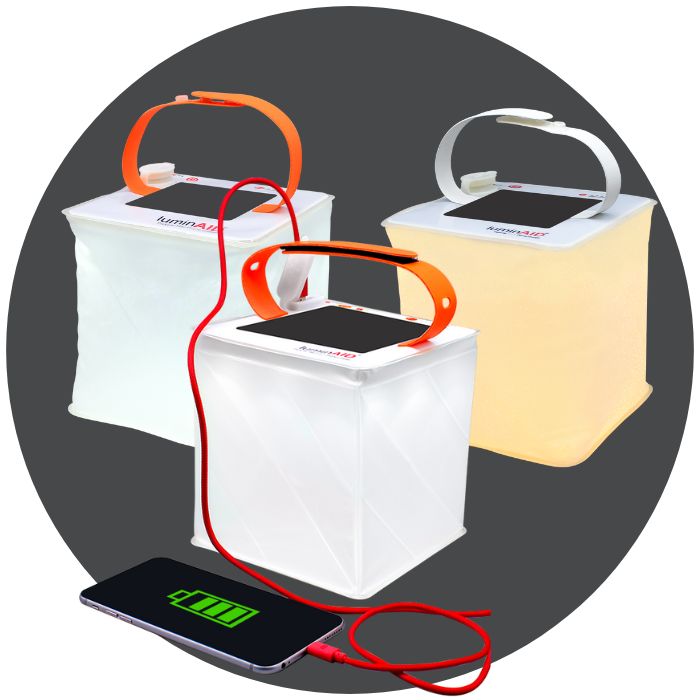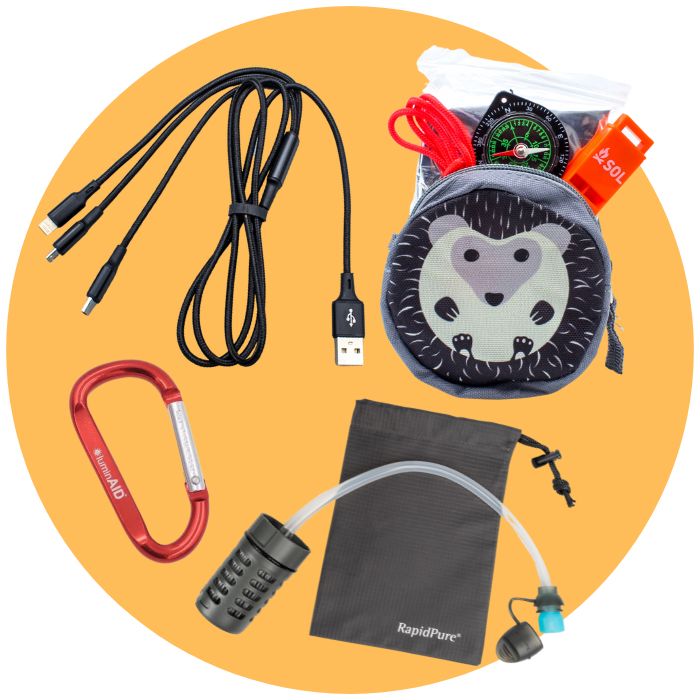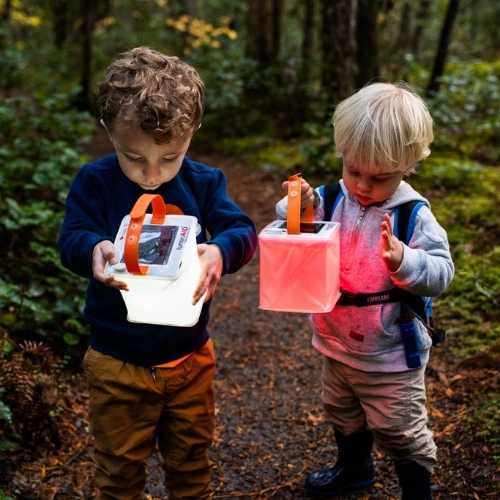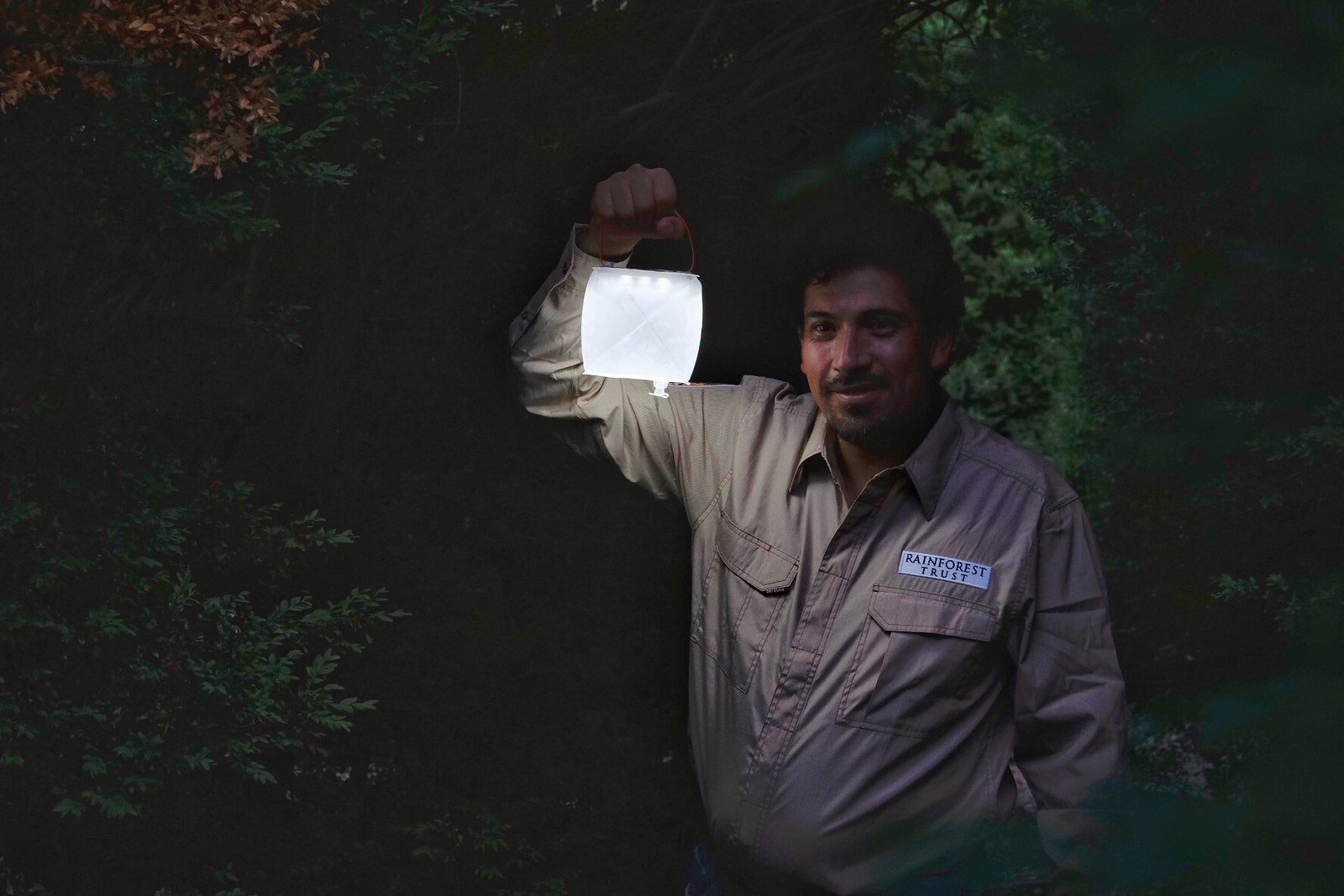In this edition of Notes from the Field, we take a trip to Zimbabwe’s Martin Forest to learn more about its widespread power outages in the wake of Cyclone Idai, and the work of two nonprofits to bring safety to its residents.
If you travel five miles away from Chimanimani Town in Chimanimani, Zimbabwe, you’ll find a forest that approximately 250 Zimbabwean families call home. This is Martin Forest, an area that was once prosperous and thriving. Today, in the aftermath of Cyclone Idai, the population of Martin Forest faces dangerous wildlife and a shortage of safe and sustainable light every day.
The torrential flooding caused by Cyclone Idai earlier this year significantly damaged Zimbabwe’s electric grid, leaving Martin Forest’s residents in the dark after the sun goes down. The women who gather resources traverse the forest without light for miles at a time, and the community lives in fear of venomous snakes that find their way inside of homes and schools. The darkness of Martin Forest is threatening not only in terms of health, but also education - the electrical outages caused by Cyclone Idai have thrust students into the dark right as they are preparing for examinations that have great bearing on their future careers and opportunities. Without reliable and safe light, students have no choice but to try to study in the dark, or stop their efforts altogether after sunset.

After seeing the effect of Cyclone Idai on Martin Forest, Ten Toes Africa, a nonprofit that strives for education and mentorship through soccer tournaments and day camps, contacted Miracle Missions Trust, a Zimbabwe-based organization focused on community development and outreach. These groups identified LuminAID as the ideal source of sustainable light for Martin Forest, and distributed lights among the residents of the forest.
On October 22, 2019, three members of Miracle Missions Trust traveled to Martin Forest and gave the solar lanterns to the Village Head, a representative that, among many other duties, determines who receives aid from abroad. According to a report from the Miracle Missions Trust, the distribution of the LuminAID lanterns was a success - the residents of the forest were right on time to receive their lanterns, and the army provided transport and logistical support that facilitated smooth deliveries. The distribution also provided the perfect opportunity to collect records and improve the local birth registry and identification process. After the distribution, Ten Toes Africa and the Miracle Missions trust checked in with the residents of Martin Forest to see how their LuminAID lanterns had affected their day-to-day lives.
Local children, now able to study after the sun goes down, were able to learn in better conditions and prepare themselves for their upcoming exams. In addition, many Zimbabwean women said that with a bright lantern to guide their path, they felt much safer while traversing the forest at night:
“God is smiling on Martin Forest today. Some of us used to walk several kilometres in the dark. Now, thanks to LuminAID, that is no longer the case.” - L. Haruzivishe, 37
Others expressed feeling much more equipped to avoid the snakes seeking refuge from the heat:
“Martin Forest has so many snakes, and every year, so many people are bitten by venomous snakes. Now, as we enter snake season, we will be better prepared for their attacks and can take decisive action.” - N. Makamure, 62The damage that Cyclone Idai inflicted on Martin Forest threw its communities into the dark, putting their education, resources, and safety at stake. Their damaged infrastructure, and that of other affected areas around the world, will take time to rebuild. But until then, the residents of Martin Forest have found great value and comfort in their LuminAID lanterns. We’re proud to work with Ten Toes Africa and Miracle Missions Trust in their efforts to improve communities around Africa, and we look forward to supporting them on future projects.











